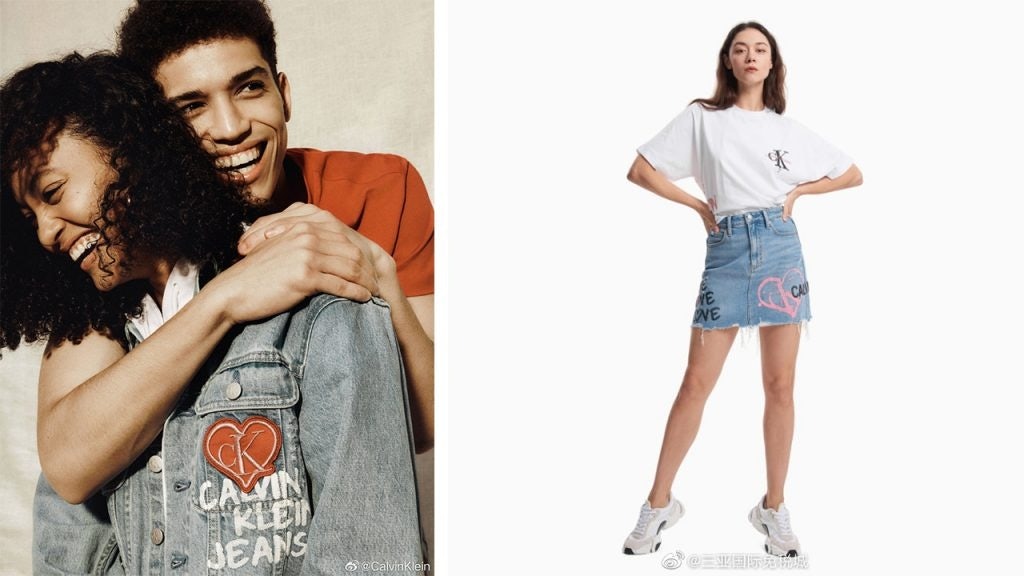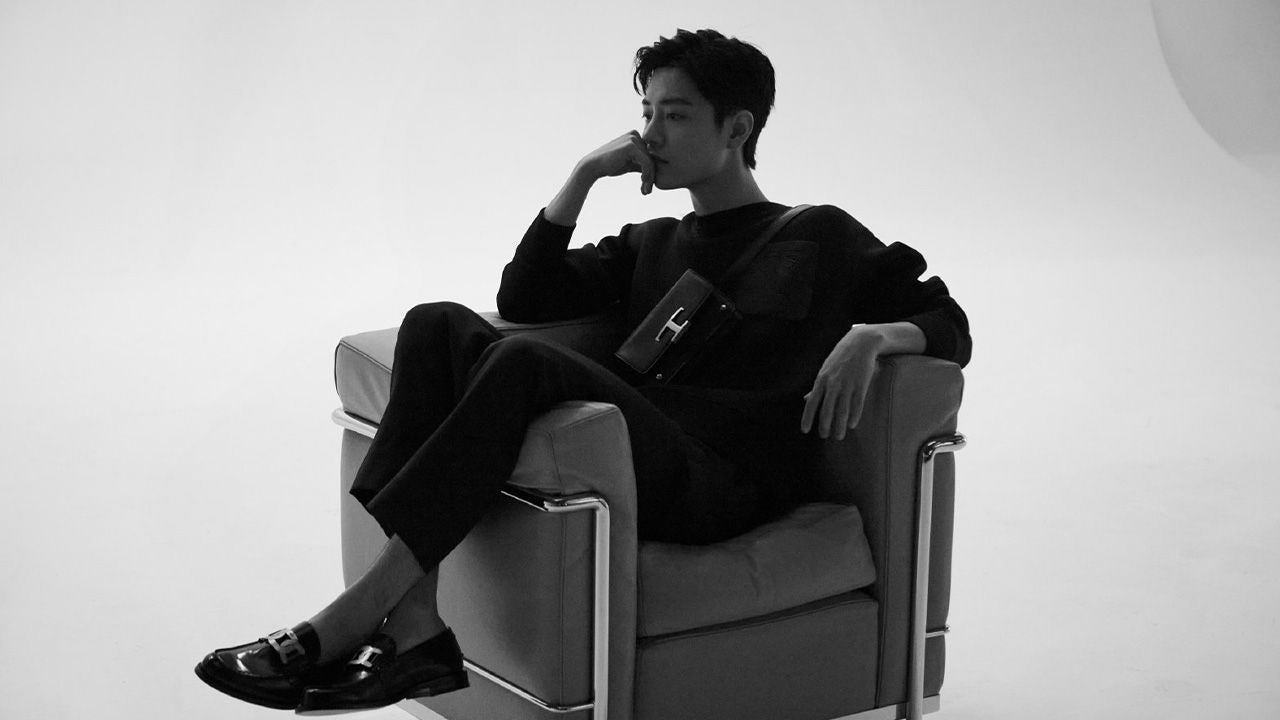As 2021 unfolds, it is becoming increasingly clear that China’s luxury dominance has gone into overdrive. Today, nearly 40 percent of Tod’s sales are driven by Greater China. And at PVH, international business is booming, with its CEO saying that China remains “a significant growth opportunity” for its Tommy Hilfiger and Calvin Klein brands. And finally, at the global watches and jewelry leader Richemont, a new power dynamic is emerging with retail landlords.
Tod’s#
The first six months of 2021 were a mixed bag for the Italian luxury shoes, accessories, and apparel group Tod’s, whose brands also include Roger Vivier, Hogan, and Fay. Revenue climbed 55 percent to reach 463 million (€400 million), led again by Greater China, which more than doubled its sales versus the same period in 2020 when numerous global Covid lockdowns occurred. Other regions also grew but to a far lesser extent.
Compared to the equivalent pre-pandemic six months in 2019, only China— where Tod’s has sought to boost its image — was ahead (44 percent). All other regions still showed contractions of between 20 and 35 percent. These vast regional differences have helped secure China’s dominance. In H1 2020, Greater China had a 29-percent share of Tod’s turnover, but that number has now climbed to 39 percent.
The Milan-listed house’s biggest brands (Tod’s and Roger Vivier) grew at 51 and 84 percent, respectively, versus the same period in 2020 (the latter benefiting from its high exposure in Asia). Meanwhile,sales at Hogan and Fay rose by 39 and 35 percent, respectively.
Diego Della Valle, chairman & CEO of the group, acknowledged China’s strength while noting that other regions were “penalized by the absence of tourists” — typically the Chinese. Tod’s stated that, during the first half of 2021, the average opening rate of its store network was 85 percent “as a world average.” Valle added that “given the pandemic context, the group decided to remain prudent and not place too many goods on the market, to protect the prestige of the brands.” Year-to-date, Tod’s stock is up 58 percent. But in the past month, more or less since its H1 results were released, it has dropped by 8 percent.
PVH Corp#
The owner of Calvin Klein and Tommy Hilfiger, PVH Corp, also noted China’s importance when it released its second-quarter (and half-year) results. In a September earnings call, CEO Stefan Larsson told analysts: “China remains a significant growth opportunity for both Tommy and Calvin. We are driving brand heat and relevance through our integrated marketing and capsules around key shopping moments, including 618 this quarter, and most recently, Chinese Valentine’s Day.”

Revenue in Q2 exceeded guidance, increasing by 46 percent to 2.3 billion as PVH’s international businesses “significantly exceeded 2019 pre-pandemic levels.” Digital channels grew by just over a third at 35 percent, though its penetration has stabilized at approximately a quarter of total revenue. The good results were enough for the company to raise its full-year outlook, projecting sales to increase between 26 and 28 percent versus 2020.
Tommy Hilfiger and Calvin Klein represent about 85 percent of PVH sales. In Q2, Tommy Hilfiger broke through the 1 billion mark (reaching 1.14 billion), with its international business soaring to 843 million (now almost three times the size of North American sales). Calvin Klein hit 922 billion during the quarter.
PVH does not break down its regional sales. But in China, the company said it continued to create new content and activations and engage better with consumers, “including expanding our work with WeChat.” Larsson also added: “We have leaned into our most successful hero products, which are delivering strong KPIs, higher conversion, and sell-through. Inventory levels remain very lean as we focus on buying closer to demand.”
Year-to-date, PVH stock is up 14.5 percent but down 4.7 percent in the past month.
Richemont#
Switzerland-based luxury leader Richemont did not release earnings statements in September. But board chairman Johann Rupert led the company’s AGM, where he described 2020 as “truly a stress test for our business model.”
Despite a negative cash flow of over 464 million (€400 million) in April of 2020 as the pandemic took hold, the owner of coveted brands like Cartier, Dunhill IWC, Montblanc, Vacheron Constantin, and Van Cleef & Arpels turned things around fast through cost controls and strategy pivots.
As a result, while Richemont’s last financial year, ending in March of 2021, saw a sharp decline in the first half, sales recovered to exceed 15 billion (€13 billion), led by jewelry (primarily Cartier and VanCleef & Arpels), online retail, and the Asia Pacific. The company’s net cash position also rose to 3.9 billion (€3.4 billion), even after a 293 million investment in Farfetch.
Over the current year, the business has been buoyant — more than doubling at 121 percent in the quarter ended in June versus the same period in 2020. “Sales exceeded pre-Covid levels, driven by a robust performance by the jewelry Maisons and specialist watchmakers, with the Americas generating the strongest regional performance,” said Rupert.
The chairman was also candid about retail leases, which cost close to 1.16 billion (€1 billion) annually, leading to an inevitable shift to DTC and online channels as another route in the market during the pandemic. “(This has) changed the lessor/lessee power dynamic,” noted Rupert. “So, after years of absorbing heavy investments, we are now finally seeing other parties willing and eager to share the evolving platforms. We should be able to share more news on this matter later in the year.”

